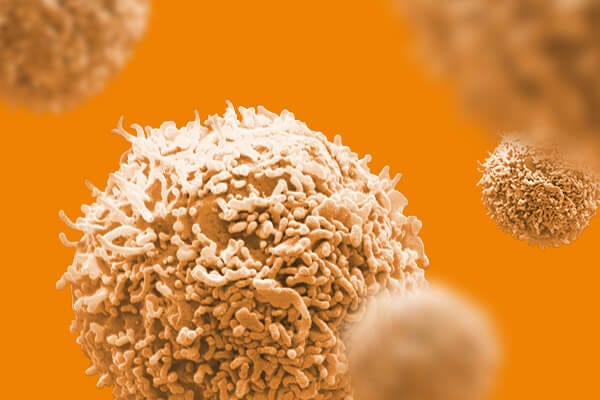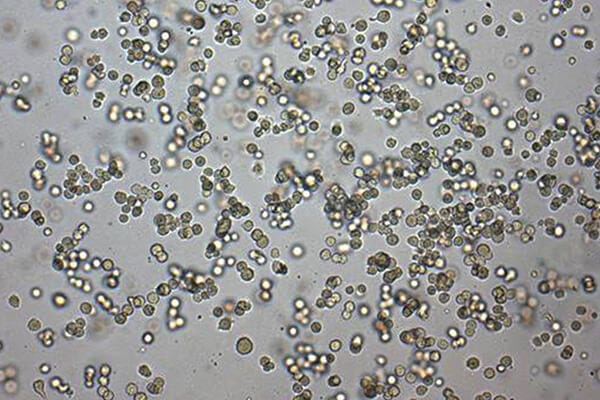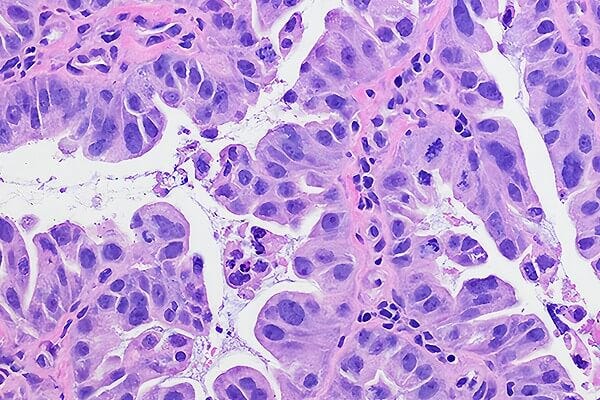搜索结果: 'methocult media formulations for mouse hematopoietic cells serum containing'
-
 NeuroCult™-XF: Xeno-Free Culture Medium for the Proliferation of Human Neural Stem Cells
NeuroCult™-XF: Xeno-Free Culture Medium for the Proliferation of Human Neural Stem Cells产品类型:
产品号#:
05761
产品名:
用于小鼠和大鼠神经干细胞和祖细胞分化培养的试剂盒
-
 技术手册Integrated Workflow for the Isolation, Expansion, and Reprogramming of CD34+ Progenitor Cells
技术手册Integrated Workflow for the Isolation, Expansion, and Reprogramming of CD34+ Progenitor Cells产品类型:
产品号#:
05925
产品名:
CD34+祖细胞重编程试剂盒
-
 文献KIF11 Is Required for Spheroid Formation by Oesophageal and Colorectal Cancer Cells.
文献KIF11 Is Required for Spheroid Formation by Oesophageal and Colorectal Cancer Cells.产品类型:
产品号#:
85850
85857
产品名:
mTeSR™1
mTeSR™1
-
 科学海报Generation of Microglia From Human Pluripotent Stem Cells for Neurodegenerative Disease Modeling
科学海报Generation of Microglia From Human Pluripotent Stem Cells for Neurodegenerative Disease Modeling产品类型:
Cell Culture Media and Supplements
Conference:
ISSCR Toronto 2019
产品号#:
产品名:
-
 文献Distinct roles of integrins alpha6 and alpha4 in homing of fetal liver hematopoietic stem and progenitor cells.
文献Distinct roles of integrins alpha6 and alpha4 in homing of fetal liver hematopoietic stem and progenitor cells.产品类型:
产品号#:
03134
产品名:
MethoCult™M3134
-
 文献Methods to culture, differentiate, and characterize neural stem cells from the adult and embryonic mouse central nervous system.
文献Methods to culture, differentiate, and characterize neural stem cells from the adult and embryonic mouse central nervous system.产品类型:
产品号#:
05700
05701
05715
产品名:
NeuroCult™ 基础培养基(小鼠&大鼠)
NeuroCult™ 扩增添加物 (小鼠&大鼠)
NeuroCult™成年中枢神经系统(CNS)组织酶解试剂盒(小鼠和大鼠)
-
 文献Preparation of human IgG and IgM monoclonal antibodies for MK-1/Ep-CAM by using human immunoglobulin gene-transferred mouse and gene cloning of their variable regions.
文献Preparation of human IgG and IgM monoclonal antibodies for MK-1/Ep-CAM by using human immunoglobulin gene-transferred mouse and gene cloning of their variable regions.产品类型:
产品号#:
03800
03801
03802
03803
03804
03805
03806
产品名:
ClonaCell™-HY 杂交瘤试剂盒
ClonaCell™-HY Medium
ClonaCell™-HY Medium
ClonaCell™-HY Medium
ClonaCell™-HY Medium
ClonaCell™-HY Medium
ClonaCell™-HY PEG (融合)
-
 技术手册Integrated Workflow for the Isolation, Expansion, and Reprogramming of Erythroid Progenitor Cells
技术手册Integrated Workflow for the Isolation, Expansion, and Reprogramming of Erythroid Progenitor Cells产品类型:
产品号#:
00224
00224UK
00224NL
05924
00227
产品名:
红系祖细胞重编程试剂盒
-
 1:21
Isolate Highly Purified Cells for HLA Analysis with RosetteSep™ Immunodensity Cell Isolation
1:21
Isolate Highly Purified Cells for HLA Analysis with RosetteSep™ Immunodensity Cell Isolation产品类型:
产品号#:
15122
15162
15127
15167
15026
15066
15061HLA
15081HLA
15022
15062
15024
15064
15361
15023
15063
15126
15166
15128
15168
15129
15169
15223
15263
15725
15621
15661
15622
15662
15623
15663
15624
15664
15021
产品名:
RosetteSep™ 人CD45去除抗体混合物
RosetteSep™人CD45去除抗体混合物
含抗CD36的RosetteSep™ CTC富集抗体混合物
含抗CD36的 RosetteSep™ CTC富集抗体混合物
RosetteSep™ 人造血祖细胞富集抗体混合物
RosetteSep™人造血祖细胞富集抗体混合物
RosetteSep™ HLA T细胞富集抗体混合物
RosetteSep™ HLA T细胞富集抗体混合物
RosetteSep™人CD4+ T细胞富集抗体混合物
RosetteSep™人CD4+ T细胞富集抗体混合物
RosetteSep™ 人B细胞富集抗体混合物
RosetteSep™人B细胞富集抗体混合物
RosetteSep™人 CD4+ CD127low T细胞富集抗体混合物
RosetteSep™ 人CD8+ T细胞富集抗体混合物
RosetteSep™人CD8+ T细胞富集抗体混合物
RosetteSep™ 人脐带血减积抗体混合物
RosetteSep™人脐带血减积抗体混合物
RosetteSep™人间充质干细胞富集抗体混合物
RosetteSep™人间充质干细胞富集抗体混合物
RosetteSep™人多发性骨髓瘤细胞富集抗体混合物
RosetteSep™人多发性骨髓瘤细胞富集抗体混合物
RosetteSep™ 人总淋巴细胞富集抗体混合物
RosetteSep™人总淋巴细胞富集抗体混合物
RosetteSep™DM-M密度介质
RosetteSep™ 人CD3去除抗体混合物
RosetteSep™人CD3去除抗体混合物
RosetteSep™ 人CD4去除抗体混合物
RosetteSep™人CD4去除抗体混合物
RosetteSep™ 人CD8去除抗体混合物
RosetteSep™人CD8去除抗体混合物
RosetteSep™ 人粒细胞去除抗体混合物
RosetteSep™人粒细胞去除抗体混合物
RosetteSep™人T细胞富集抗体混合物
发布日期: 10/27/09 -
 文献NK Cells Are Critical for Optimal Immunity to Experimental Trypanosoma congolense Infection.
文献NK Cells Are Critical for Optimal Immunity to Experimental Trypanosoma congolense Infection.产品类型:
产品号#:
19855
19855RF
产品名:
EasySep™小鼠NK细胞分选试剂盒
RoboSep™ 小鼠NK细胞分选试剂盒
-
 文献Kinetics of peripheral blood chimerism for surveillance of patients with leukemia and chronic myeloid malignancies after reduced-intensity conditioning allogeneic hematopoietic SCT.
文献Kinetics of peripheral blood chimerism for surveillance of patients with leukemia and chronic myeloid malignancies after reduced-intensity conditioning allogeneic hematopoietic SCT.产品类型:
产品号#:
21000
20119
20155
产品名:
RoboSep™- S
RoboSep™ 吸头组件抛光剂
RoboSep™分选试管套装(9个塑料管+吸头保护器)


 EasySep™小鼠TIL(CD45)正选试剂盒
EasySep™小鼠TIL(CD45)正选试剂盒





 沪公网安备31010102008431号
沪公网安备31010102008431号